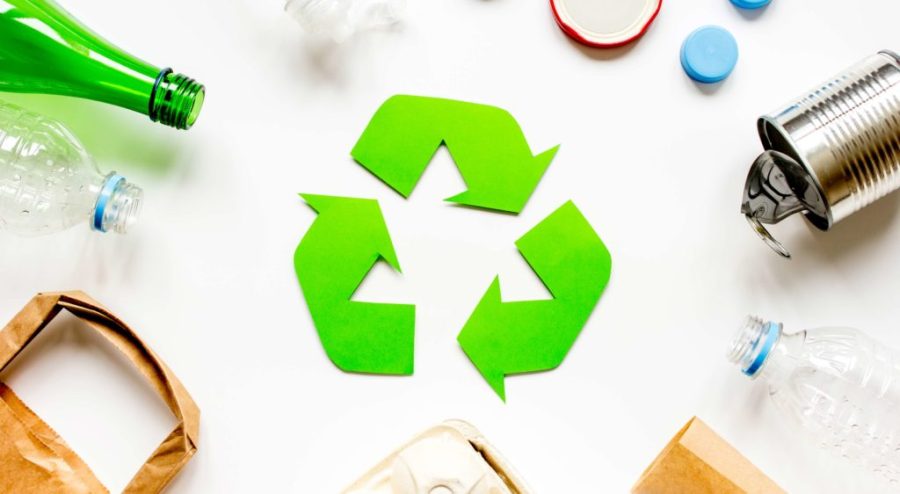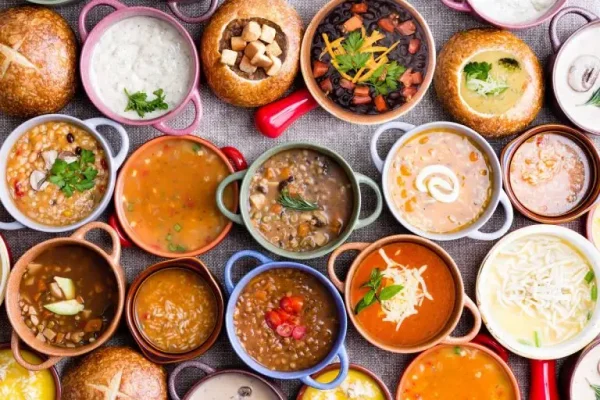Greenify Your Life: A Zero Waste Lifestyle Guide
When we throw something away, the waste is just a fraction of the price future generations will pay. More plastic than in any previous century has been produced in the last ten years. A simple solution to the plastic waste problem is recycling, an action that is supposedly incorporated into society’s everyday schedule and elementary school education.
However, just 9% of plastic waste on the planet has been recycled. Because plastics do not have the same durability as other materials like metal or glass, which can be recycled endless times, most plastics can only be recycled once or twice.
Much of the garbage generated gets in our water supplies, such as streams, lakes, and oceans. As a result, fish and other seafood unintentionally consume some garbage or absorb the contaminated water into their bodies. Those who consume fish or other seafood from contaminated water are ingesting plastic, aluminum, and other waste pollutants through osmosis. At the end of the day, it’s all waste in landfills, environments, and even in food and water.
Plastic waste isn’t the only factor in the crisis at hand. Approximately one-third of all food produced in the world is wasted today. That’s nearly 1.3 billion tons of produced food that never leave the field, get lost or destroyed in transportation, or end up in grocery stores, restaurants, schools, or home kitchens. The number of calories may be sufficient to feed the world’s malnourished people.
On the other hand, zero-waste is just what it sounds like: eliminating the use of disposable items daily. It’s not just about recycling. It involves entirely reducing the amount of garbage you send to a landfill and from life.
The first step to a zero-waste lifestyle is changing the mindset.
Change The Mindset
Zero waste means valuing the things bought and embracing the scuffs, chips, cracks as a part of the item’s story rather than regarding them as flaws and defects. Value is not simply about how much objects cost or what they’re worth in terms of money. Value is determined by how much time, effort, and resources produced such items and the benefit they provide, such as joy, efficiency, or simply making life easier.
Fixing anything that breaks, rather than using the damage as an excuse to throw it out and going to the shop to get another, is an essential factor in avoiding waste.
In addition, instead of being embarrassed by how old things are, take pride in the fact that they’ve lasted to bring benefit into life. There’s always something new and shiny out there, things that will save time, simplify life, and aesthetically please you.
Zero waste avoids the impulse to buy more items and make do with what one already has. With this lifestyle comes the appreciation and beauty of the little things in life. The more society can do, the more society (as a whole) will reduce its footprint.
The 5 R’s
The “5 R’s” of sustainability and zero waste are one of the most important things to understand when it comes to zero waste.The 5 R’s are an updated version of the 3 R’s, which is a motto of “reduce, reuse, recycle.”
The 5 R’s generally include:
- Refuse
- Reduce
- Reuse
- Repurpose
- Recycle
These extended R’s put more emphasis on preventing waste before it occurs by refusing what we don’t need, and maximizing the use of “old” items.
Zero Waste Lifestyle Tips
-
Make use of reusable items
Almost any single-use plastic item may be replaced with a reusable alternative. Consider all of the single-use items in your home. Then determine if there’s a reusable alternative you can use instead. Water bottles, bags, produce bags, straws, and paper towels are reusables to start with.
-
Stock up on bulk items and refills
Consider purchasing bulk items. Purchasing in bulk reduces packaging, waste, and prices for both consumers and companies. While shopping for bulk, use reusable containers or reusable bags.
-
Support sustainable local businesses
Support businesses that are committed to minimizing waste. Businesses that are referred to as B Corporations are plastic-free and are a good place to start. Avoid buying from fast fashion outlets, like Zara, Shein, H & M, and Uniqlo.
Fast fashion has a significant impact on the environment, both in terms of production and disposal. Clothing manufacturing requires a large amount and resources, and it relies on toxic fabric dyes and other chemicals that pollute freshwater. Fashion is responsible for a tenth of global carbon emissions.
-
Buy used
Buying second-hand or donated goods from a thrift store can help communities and the zero-waste cycle. Buying secondhand means fewer new products are created and fewer materials are used up in the manufacturing process.
-
Consider composting at home
Composting is extremely environmentally friendly, and it’s the ideal method to dispose of food and garden scraps.
Four components are required for the composting process to work: carbon, nitrogen, oxygen, and water. For that matter, good composting materials are anything green or brown: vegetables & fruit, grass clippings, fresh manure, coffee grounds, young hedge trimmings, seaweed, feathers, and plant cuttings.
Composting is a quick and easy way to add nutrient-dense humus to the lawn or garden, which promotes plant growth and revitalizes depleted soil. Compost can be produced in as little as six to eight weeks. In general, the more work put in, the more compost generated. The composting process is finished when the materials are put into a container and are converted into a dark brown, earthy-smelling mixture.
Composting has the capability to eliminate up to 30% of household trash from landfills
Make the switch today!
According to the EPA, the average American generates 4.4 pounds of waste every day.
That adds up to 1606 pounds each year. Imagine creating less than a ton of waste each year. It may seem possible, but when attempting to follow the zero-waste lifestyle, it is a step closer to a greener future for all.





